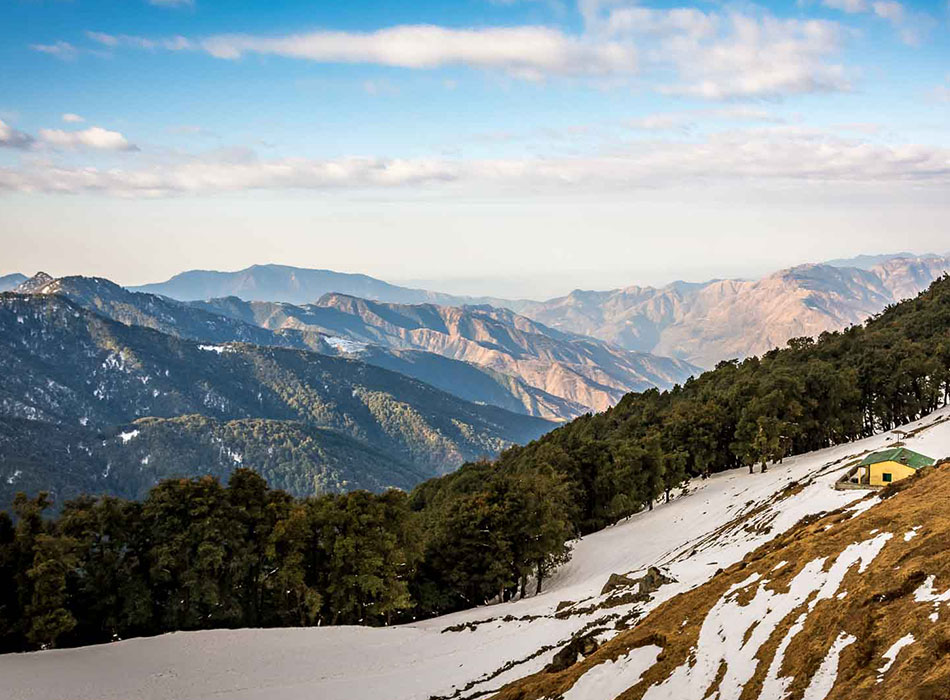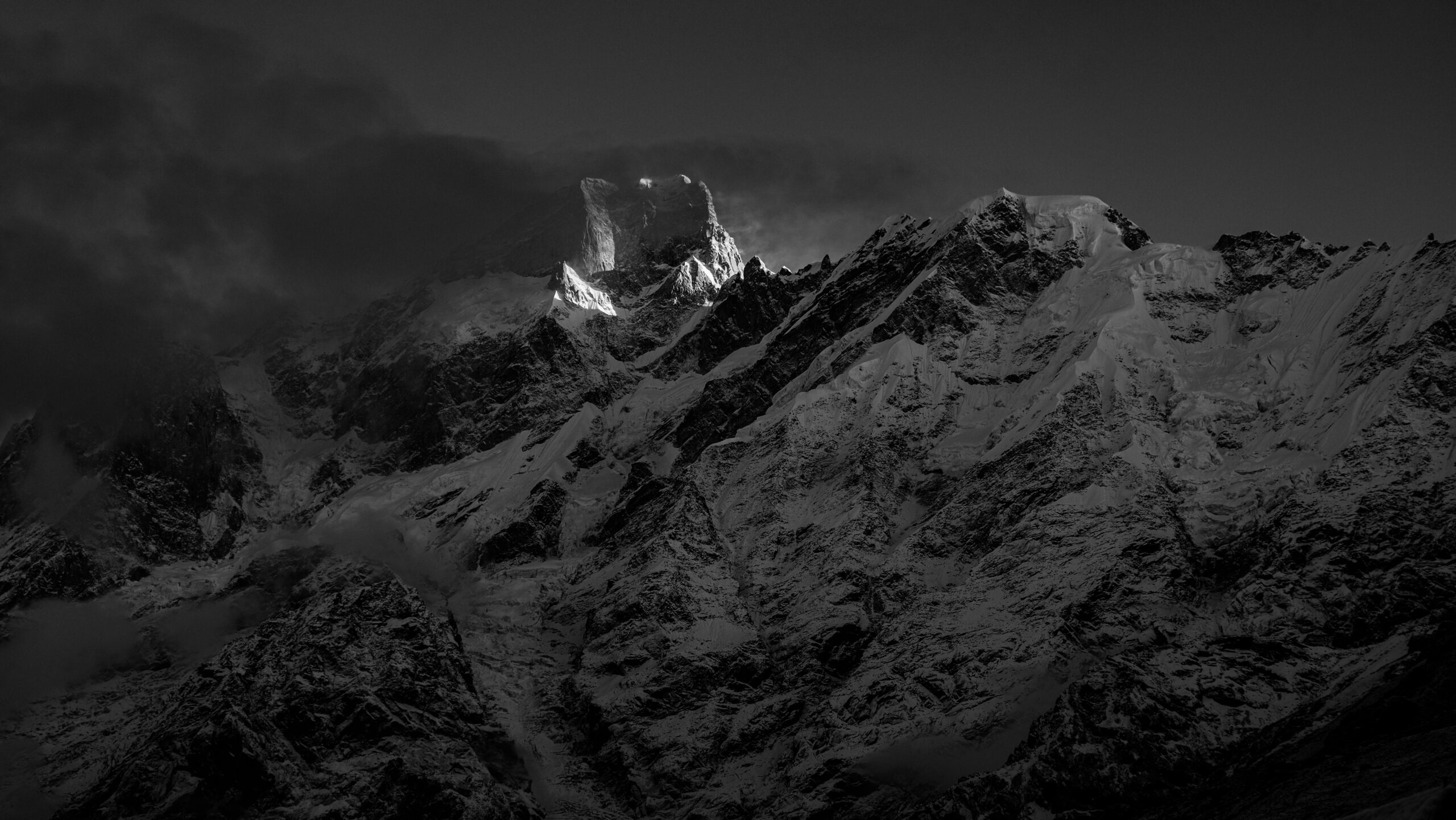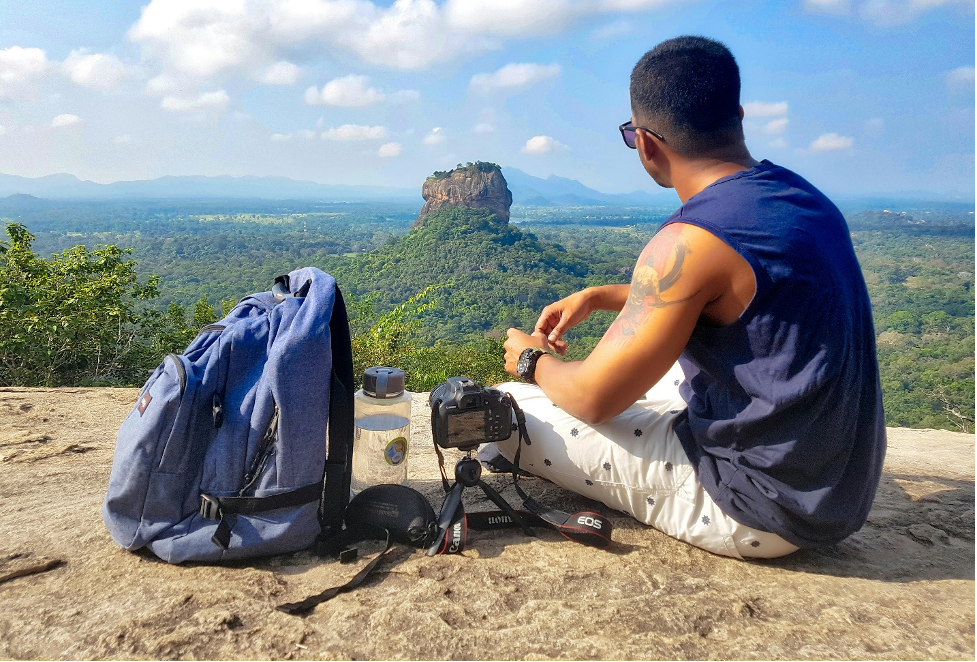From Kahwa to Pashmina wraps, Kashmir brings a great deal to the table to its sightseers. Considered to be unblemished and heavenly as paradise, Kashmir has impeccably been given the title of ‘Heaven on the planet.’
The trekking courses of Uttarakhand are probably the most pleasant ones in India. With the infrastructural improvements headed by the travel industry division and enterprises here, these treks have become considerably more available to explorers. The trekking courses have opened up to a wide range of guests – trekkers, explorers, and novice trekking devotees.
The Nag Tibba trek is one of these charming treks of Uttarakhand. Indeed, it is the most noteworthy top in the Lower Himalayas area of Uttarakhand, so scaling the pinnacle is a serious accomplishment. It is finished with sloping streams, rhododendron and oak timberlands, snow-covered mountain pinnacles, and enormous glades to calm the eyes and advance the spirit of the spectators.
A culmination trek:
The trek to Nag Tibba is a culmination trek. The trekkers arrive at 3022 meters, the most elevated height of the pinnacle. It is best done in winter assuming that the trekker is keen on trekking along the snow-covered slants. The path is marginally unique, so it is great for trekkers searching for short treks on serene courses.
Lovely dawns and nightfalls:
One can watch the awesome nightfall behind the mountain ranges as they trek up to the headquarters on the trek’s first day. Assuming trekkers start promptly the next day from the headquarters, they will actually want to arrive at the highest point and catch a brief look at stunning dawn against the different Himalayan reaches.
Perspective on the various mountain ranges:
The highest point gives the trekkers an all encompassing perspective on the mountain ranges encompassing the area. The happy perspectives on Swargarohini and Gangotri ranges and the Bandarpoonch, Kala Nag, Kedarnath, and Srikanta tops are the trek’s features. They look like dismal sculptures with snow-covered tops in winter, however their snow tops shimmer in the daylight in summer, making for the absolute best photos ever.
Amazing timberlands and glades:
The trekking trail zigzags all around the mountain woods with rich biodiversity. Rhododendrons and oaks ordinarily populate these woods with a couple of wildflowers in the rainstorm. In winter, every one of the treetops are thick and weighty with snow.
One goes over huge clearings while crossing through the Nag Tibba trail. In summer and rainstorm, they seem rich green – a wonderful asylum of vegetation supported in the lap of the mountains. Come winter, they get covered by thick fine snow, having all the earmarks of being a scene straight out of a colder time of year wonderland.
The sanctuary of adoration:
The Nag Tibba sanctuary is devoted to the snake god. It is situated at the headquarters. Following a lot of time trekking, the trekkers offer their appreciation here prior to resigning to their camps for the evening.
Best an ideal opportunity to visit the Nag Tibba Trek:
The best and ideal opportunity for Nag Tibba trek is during summer and winter. The reasonably shimmering environmental elements in summer are an unmistakable difference to the white magnificence of winter. Be that as it may, the manner in which every one of these seasons holds something alluring for the guests stays steady consistently.
In Summer:
Summer in the mountains is the most charming season for trekkers who start from the fields. To go with the reasonable sky with the fierceness of the sun, a cool wind generally causes disasters for make the experience very agreeable. The season goes from April to June. Assuming one is visiting around early April, it is prescribed to convey light woolens for a potentially colder evening.
In Monsoon:
The rainstorm showers carry a rich green shade to this locale. There is not at all like looking at the taking off tops with the sound of raindrops in general. Albeit the beautiful excellence is fantastic, the mountains are inclined to unplanned avalanches in the blustery season. These reasons cause superfluous difficulty for the trekkers as barricades coming about because of avalanches are normal around here.
In Winter:
The cool a very long time of October, November, and December are the best an ideal opportunity for Nag Tibba trek. The trekking trails are significantly less jam-packed now than in different seasons. Trekkers esteem the isolation of the tranquil despairing of the winters. Snowfall happens on the path during the winters, and the view before long gets shrouded in white any place one goes to see. It arrives at freezing temperatures in winters here, so it is important to convey warm woolens.




